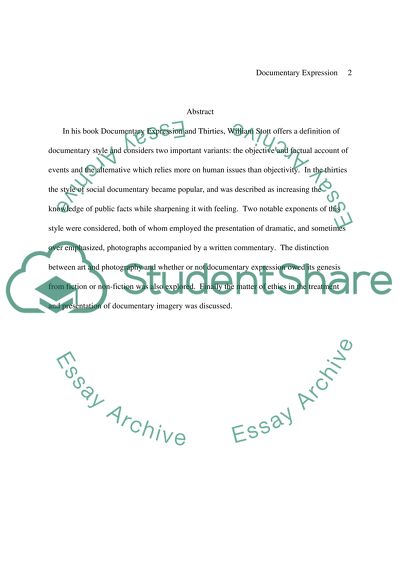Cite this document
(“Documentary Expression and Thirties America Essay”, n.d.)
Retrieved from https://studentshare.org/history/1428370-documentary-expression-and-thirties-america
Retrieved from https://studentshare.org/history/1428370-documentary-expression-and-thirties-america
(Documentary Expression and Thirties America Essay)
https://studentshare.org/history/1428370-documentary-expression-and-thirties-america.
https://studentshare.org/history/1428370-documentary-expression-and-thirties-america.
“Documentary Expression and Thirties America Essay”, n.d. https://studentshare.org/history/1428370-documentary-expression-and-thirties-america.


